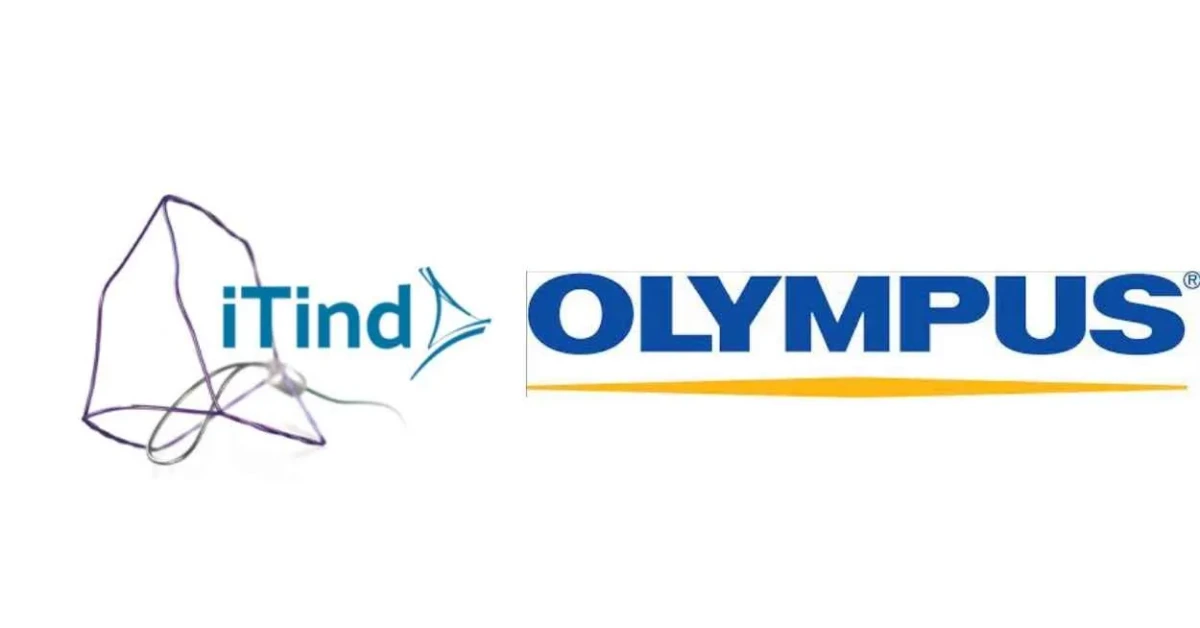
SOUTH KOREA – Olympus Corporation of Asia Pacific (Olympus APAC) has introduced its iTind device in South Korea to help men suffering from benign prostatic hyperplasia (BPH), also known as enlarged prostate.
This condition is common in men over 50 and can lead to difficulty urinating, incomplete bladder emptying, and a higher risk of urinary tract infections (UTIs).
The iTind system is a temporary nitinol implant designed to relieve lower urinary tract symptoms (LUTS) caused by BPH.
Unlike traditional treatments, which may involve lifelong medication, permanent implants, or surgical removal of prostate tissue, iTind offers a less invasive, outpatient alternative.
A breakthrough in BPH treatment
BPH is a progressive condition affecting millions of men worldwide. As the prostate grows, it presses against the urethra, making urination difficult.
While medications can help, they often come with side effects such as dizziness, low blood pressure, and sexual dysfunction.
Surgical options, such as transurethral resection of the prostate (TURP), can be effective but may lead to long recovery times and complications.
The iTind procedure, however, provides a minimally invasive solution that does not require permanent implants or major surgery.
It involves placing the device inside the urethra for five to seven days, where it gently reshapes the prostate tissue before being removed.
This technique helps improve urine flow and reduce symptoms, giving patients relief without the need for continuous medication.
Daisuke Goto, head of Olympus APAC’s surgical business, expressed enthusiasm about the launch: “We’re excited to provide increased access to a minimally invasive outpatient BPH procedure for suitable patients, addressing a common health problem for men over 50, with the risk of BPH increasing with age.”
Expanding global access to iTind
The iTind device has already been launched in several countries, including Thailand, Australia, Hong Kong, Singapore, and India, as well as in the United States and Europe.
Following its inclusion in the American Urological Association (AUA) clinical practice guidelines in September 2023, Olympus has been expanding its reach to make the treatment more widely available.
To ensure safe and effective use, Olympus has developed a training program for physicians, equipping them with the necessary skills to perform the iTind procedure.
The training will focus on proper patient selection, device insertion, and post-procedure care, ensuring the best possible outcomes for patients.
Daisuke Goto highlighted another key advantage:
“The iTind procedure provides a rapid and effective patient-focused treatment option, with the added benefit of the procedure being able to be performed in a clinic room under local anaesthesia, helping ease pressure on hospital capacity.”
By offering an office-based solution, Olympus aims to reduce hospital admissions and free up resources for more critical cases. The quick recovery time also allows patients to resume their normal activities sooner.
Beyond Olympus’ efforts, other medical device companies are also investing in solutions for lower urinary tract symptoms (LUTS).
In April 2024, Laborie Medical Technologies announced an investment in I-O Urology, the company behind the CarePath uroflow device—an FDA-approved diagnostic tool designed to help detect and manage LUTS more effectively.
XRP HEALTHCARE L.L.C | License Number: 2312867.01 | Dubai | © Copyright 2025 | All Rights Reserved